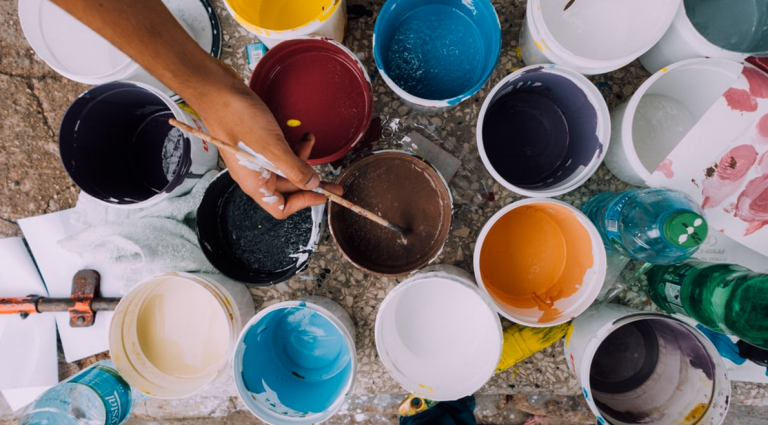Teens were amongst those most impacted by coronavirus induced challenges. Between virtual school, losing family members and social isolation, teens had to cope with growing up in a new reality. To make matters worse, many teens were not given the support necessary to overcome the pandemic-related set backs. According to a 2021 Fair Health report, mental health insurance claims for US teens, ages 13 to 18, roughly doubled during the 2020 COVID-19 pandemic year. This statistic does not even represent those uninsured or those who went without mental health services. Other age groups experienced some increase in use of mental health services, yet nothing close to the increase of 13 to 18-year-olds. Middle and high school are pivotal years in an adolescent’s life, and a shock as great as Covid-19 can be detrimental to many.
As more and more individuals take the vaccine, the country will carry important lessons forward after a year-long quarantine. Some may wear a mask next time they are sick, others will embrace the accessibility provided by the internet, and many will encourage counselling services to their beloved. The mindset shift is well underway now that therapy and antidepressants are common in dialogue. The next steps are accessibility.
The stigma around therapy has been broken in many households for the first time. Unfortunately, the influx of teens benefitting from mental health services exposed weaknesses in the US health system. The Fair Health report noted a roughly 300% increase in self-harm claims in August 2020 compared to August 2019 in the 13-18 year old age group. While the entire country was locking down to slow the spread of COVID-19, a vulnerable group was left behind.
The disconnect in our society
Furthermore, teens living in poverty are more likely to struggle with mental health, but according to the American Academy of Pediatrics only about 15% of those individuals receive services, and even less complete treatment. Many Americans rely on insurance to subsidize pricey mental health services, yet low income teens are more likely to have insufficient coverage, making recovery even more difficult. The US population has such a high demand for treatment, and there is simply not enough. Wait times are long; hours are short; costs are high, all at the expense of vulnerable American teenagers.
The adults in communities must recognize the struggles faced by the youth as a serious issue. Sharing a story about a five decade old problem you overcame will not reach the soul of a 15-year-old who spent a year of their life indoors.

Where to go from here
So what can we even do? Most of the population is not a licensed therapist and can’t wave a wand to open a new practice. But every American does have a voice. Keep adolescent mental at the forefront of media as a constant reminder that mental health services should continue to evolve when new societal problems. Parents should also take action early, rather than wait until it is too late. Mental health is more common and lasts longer than many adults realize. A month of therapy will not “cure” depression. Young teens can’t always articulate their pain and may require more support to find the right steps to treatment.
According to the CDC, anxiety is one of the four top diagnoses in children ages 3-17 years, and the percentage of youth diagnosed increases every year. Unsurprisingly, the age group with the highest rates of anxiety is 12-17 years. Treatment for teens with generalized anxiety disorder can take many forms. Anxiety manifests itself differently in every teenager. Therefore, teenagers should have personalized approaches to controlling stress levels.
Finding a teen program can help to balance out teen’s lives. An after school sport providing frequent exercise may be one method to minimize anxiety. Counselling may be the right treatment for others who do not have access to support needed. And others may need to try many programs to discover the best anxiety management strategy.
What are we doing about it?
Spotivity is designed to help teens discover programs they may not otherwise find. Teens and their parents can compare many options in a matter of minutes by searching through the pre-existing program categories. The wellness search option, for example, offers a variety of programs related to physical and mental health. Teens can even take a personality test designed to find the best matches targeted to their needs. Finding and comparing options should not be intimidating.
By no means will a single app solve youth mental health battles. Spotivity is not a one-stop shop for teens struggling with anxiety and depression, but it simplifies the search process and improves upon the lack of accessibility to programs and services. Accessibility to mental health services is the next greatest challenge for our society to resolve. Spotivity is on the forefront of the issue and hopes that one day all teens have the resources at their fingertips to get the treatment they need and more importantly, deserve.
About Spotivity
Be #neverbored again by using the spotivity app and find activities that fit your needs. We help you find programing that can lead to your passion. Whether that is an art program to practice graffiti, a sports program to engage in competition, an education support class to improve your grades, or just finding someone to talk to – spotivity has your back. Backed by research and continually informed by users, spotivity is the tool to help you unlock your world and expand the list of options you can take advantage of.







